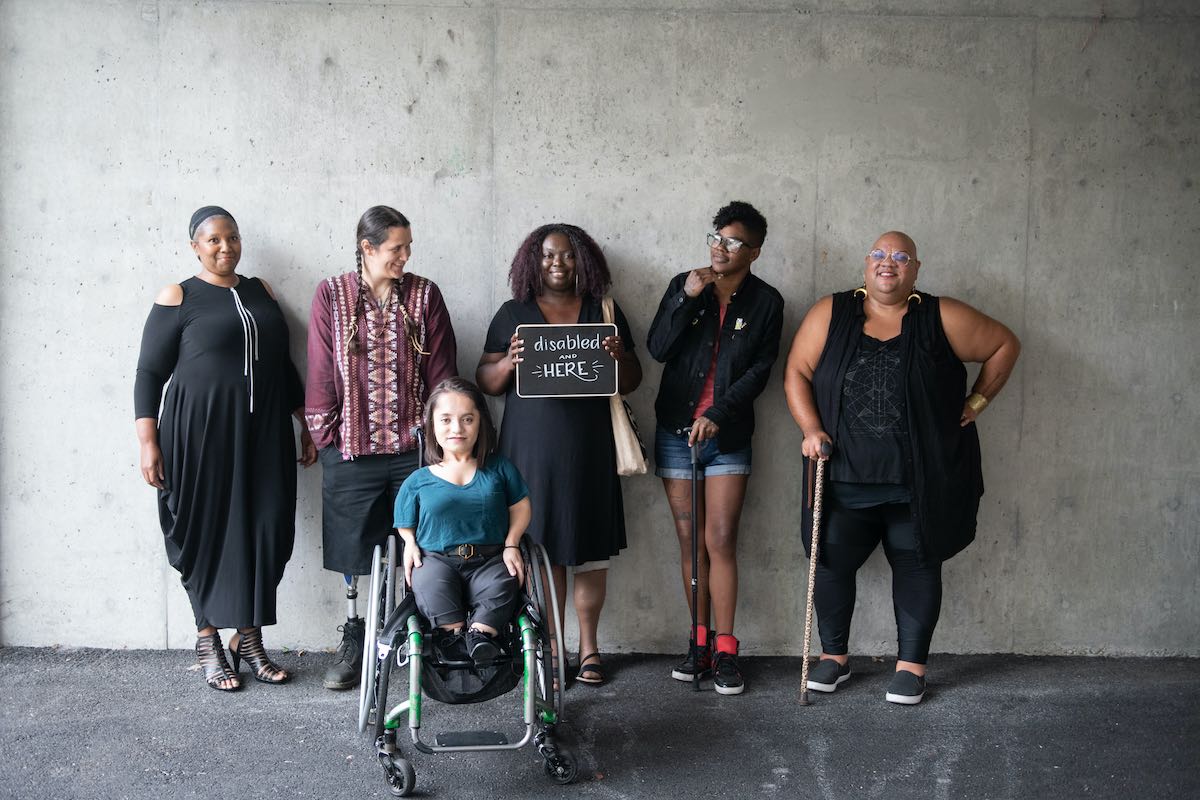Accessibility Keyboard and Assistive Technologies Introduction
People with disabilities use technology in a variety of ways. Here are some examples:
- People with hand tremors cannot grip a mouse. They use the keyboard to navigate.
- People with mobility disabilities use their voice to control the computer or mobile device.
- People with mobility disabilities use eye tracking to move the screen cursor.
- People with mobility disabilities use switch devices to operate the computer or mobile device.
- People who are blind use screen readers, braille displays or speech recognition software.
- People with low vision use screen magnification.

The term assistive technologies is a broad term for all these tools. As developers, we do not need to code for a particular technology. We use standards methods to make sure that our solution is accessible for all.
In this module, you will learn the basics of keyboard and screen reader navigation.
